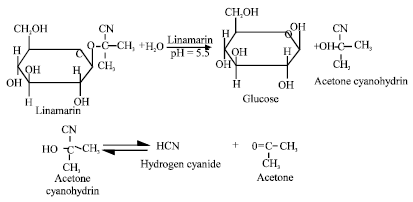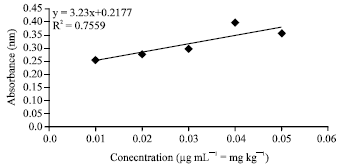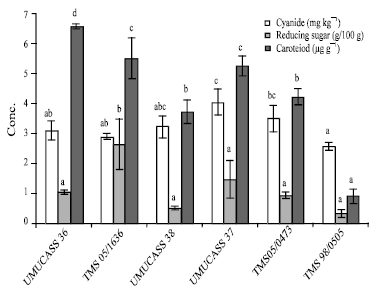Research Article
Determination of the Proximate Composition, Total Carotenoid, Reducing Sugars and Residual Cyanide Levels of Flours of 6 New Yellow and White Cassava (Manihot esculenta Crantz) Varieties
Department of Biochemistry, National Root Crops Research Institute, Umudike, Umuahia, Abia State, Nigeria
LiveDNA: 234.3349
K.C. Eleazu
Department of Biochemistry, National Root Crops Research Institute, Umudike, Umuahia, Abia State, Nigeria
LiveDNA: 234.33136












